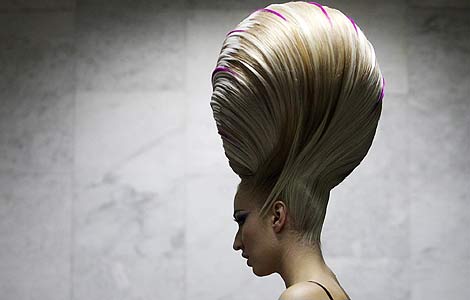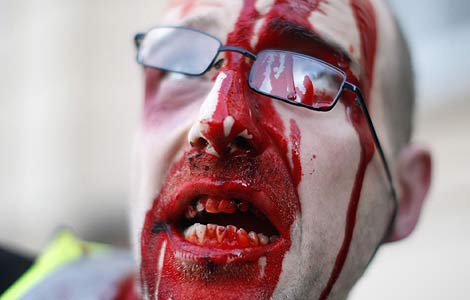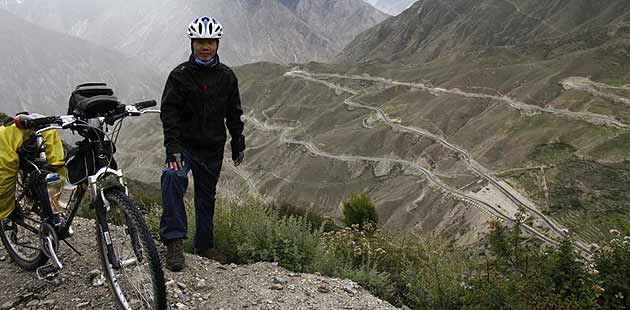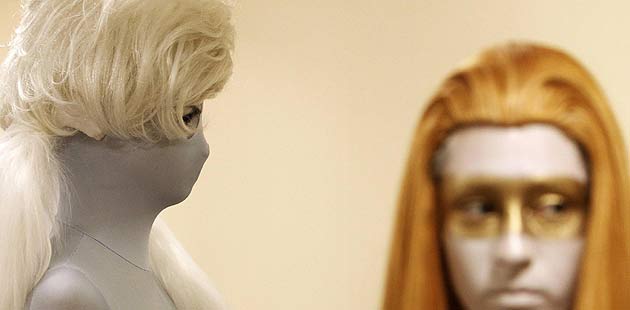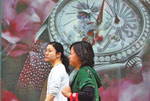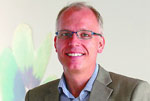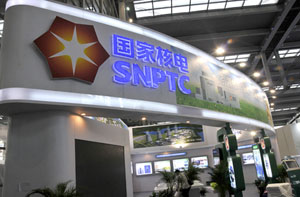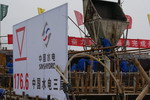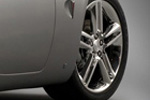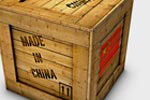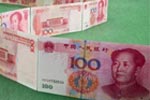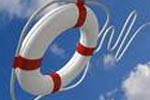Riding the big wave
Updated: 2011-09-30 15:34
By Andrew Moody (China Daily)
|
|||||||||||
|
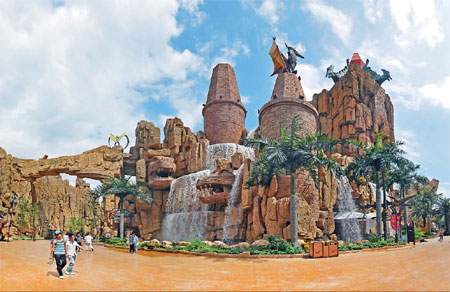 |
|
DinoLand, a dinosaur theme park in Changzhou, Jiangsu province. Theme park visitor numbers in China are expected to climb from 60 million in 2010 to 423 million by 2030. [Photo/China Daily] |
"All the major operators are in Asia now and they want to be in China too, so I think it will only be a matter of time before they come too," adds Read at Blooloop.
"It will be driven by the population seeing what Disney has to offer and they will demand a five-star product. It is inevitable."
What actually is classed as a theme park in China is often different to Western markets.
The term "theme park" means an entertainment experience built around an actual story, a concept that Disney has been so successful with its characters such as Mickey Mouse and Snow White.
But in China, open green public spaces with a few amusement rides often call themselves theme parks.
According to industry experts there are only around 60 in China that should be classed as theme parks proper.
DinoLand, a dinosaur theme park in Changzhou, Jiangsu province. Theme park visitor numbers in China are expected to climb from 60 million in 2010 to 423 million by 2030. Provided to China Daily
Because of the lack of a theme, Chinese operators often fail to generate revenue from souvenirs and other sales once customers enter their parks.
In the US, some 50 percent of sales are derived from such revenues, whereas in China it is just 20 percent, according to AECOM.
Li Hua, vice-general manager of DinoLand, a dinosaur theme park, also based in Changzhou in Jiangsu province, says his park has managed to push up souvenir sales.
The theme park has developed its own range of souvenirs based on a dinosaur cartoon series on CCTV (China Central Television) called Dinosaur Baby.
"Mickey Mouse has been around almost 100 years and Dinosaur Baby was first screened on CCTV in 2009 but we have still been able to drive up souvenir sales. Our non-ticket price revenue, including food and parking is now nearly 40 percent," he says.
The theme park, which opened in 2000 and extends over 47 hectares, is owned by the Changzhou government and claims it had some 2.5 million visitors last year.
Li, who has visited theme parks around the world, believes Chinese-owned parks are catching up with those in the West.
"There is still a gap between theme parks in the West and those in China but it is becoming narrower," he says.
For foreign operators one of the risks of coming to China is copyright infringement. A number of theme parks around China seem to borrow sets not dissimilar to that of Disney's Magic Kingdom.
Disney itself, however, is unconcerned about weak imitations since it is confident its product and service offering just raises the bar for everyone.
"We are extremely proud of the way we bring stories to life and create environments people can immerse themselves in. We are not concerned that others might duplicate and copy that," says Crawford at Disney.
Certainly, the expansion of the theme park market has presented major opportunities for suppliers to the industry in both Europe and North America.
Swiss Rides, based in Lochriet in Flums, Switzerland, built the world's largest water flume ride for the OCT East theme park in Shenzhen in 2005, which spectacularly runs through a hotel lobby.
Although the company has had to battle against the recent rise in the Swiss franc, China is now one of the company's biggest markets.
"We have already done three or four installations here and China is very much a future market for us," adds Thomas Spiegelberg, CEO of Swiss Rides' parent company BMF.
Brian Paiva, vice-president, business development of Funa International, based in Miami, Florida, which builds installations for both theme parks and cruise ships, says China provides an opportunity to do large-scale projects.
"Markets in the US and Europe are very mature and so there are no longer many substantial projects. Here you still get projects of scale," he says.
Jerry Chan, assistant director of Aquatique Show International, a Strasbourg company, which produces water fountains and effects, also says that China is now a key market.
The company's first project was at a shopping center in Ningbo in Zhejiang province 10 years ago but it later designed a music fountain for the Shanghai Expo and has now branched out into theme parks.
"Theme parks in China is a very exciting market for us. We are already co-operating with Disney in Shanghai but we are still very much at the design stage," says Chan.
A number of Chinese theme park operators are interested in the latest gadgetry and offering something not seen out of China.
Lenny Larsen, director of themed entertainment at Rubicon, an Amman, Jordan-based company that designs theme park attractions, says a number of Chinese operators are looking for something that sets them apart.
He says many are interested in theme park rides that incorporate computer software.
"This is the way attractions are evolving. You can have rides that are different every time you go on them. With the right software one day you might be visiting the Amazon rain forest, another day something entirely different," he says.
Keith James, chief executive officer of Jack Rouse Associates, a leading park designer based in Cinncinatti, says the theme park industry is very expensive to be in whether you are Chinese or foreign.
"You are talking of a $500 million, $700 million or even a $1 billion investment for a solid theme park and that is certainly not a Disney or Universal. You have got to sell hell of a lot of tickets to get a return on that level of investment," he says.
He adds the Chinese industry is still catching up as a result of being a late starter.
"What happened really is they skipped the entire learning curve of the industry. Because it is a theatrical business rooted in the film and theater industry, it is a little tough to learn. If show business was easy no movies would ever fail."
Xu Xiaomeng contributed to this story.


